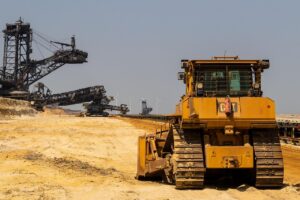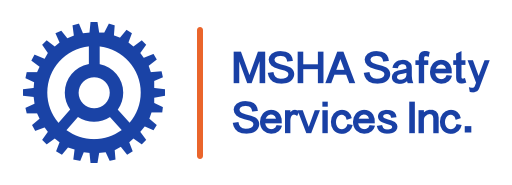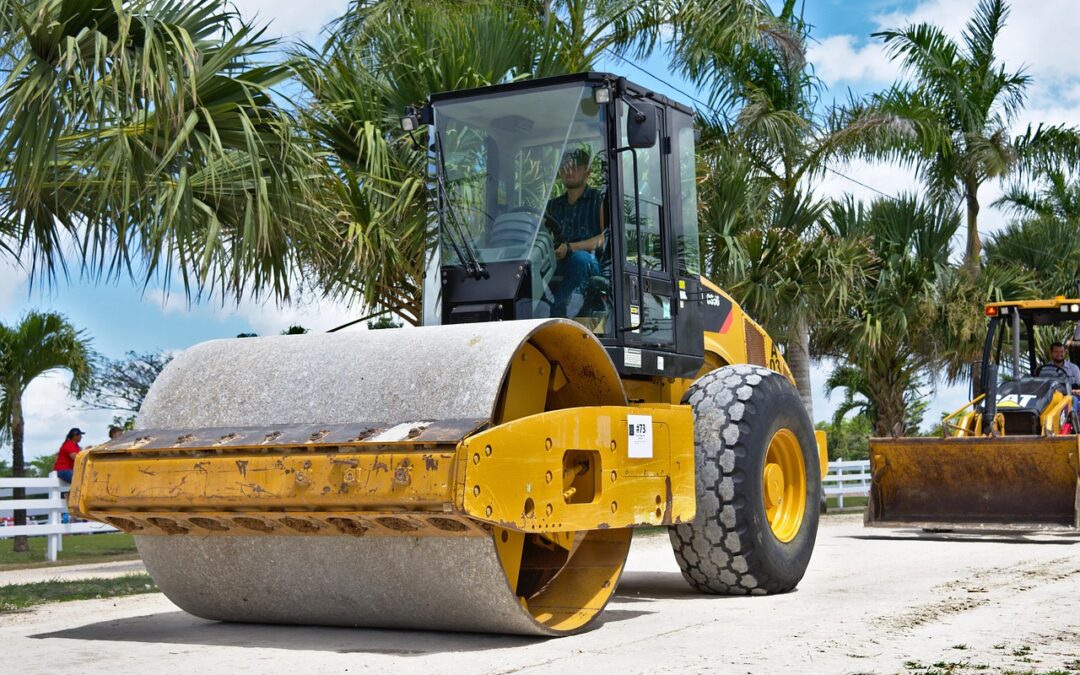Mining equipment is engineered to endure the most extreme environments—but even the strongest machines need regular, careful attention. Maintenance and repairs, while essential, are among the most hazardous tasks on a mine site. When safety standards are overlooked, the risks skyrocket. Whether it’s a routine service or an urgent fix, every step must align with established safety protocols to safeguard workers and keep operations on track. This article explores what mine operators and maintenance teams need to know, from safety requirements and inspections to lockout/tagout procedures and best practices that ensure compliance with MSHA regulations.
Understanding Safety Requirements for Mining Machinery and Equipment
Mining machinery is central to daily operations, and when it fails, the consequences can be immediate and severe. That’s why understanding safety requirements isn’t just important—it’s non-negotiable. MSHA lays out comprehensive regulations that cover everything from how mining equipment should be built to how it must be maintained, operated, and inspected.
Machines such as drills, dozers, and conveyors must meet specific standards related to performance, guarding, and ongoing inspection. Equipment safety doesn’t happen by chance—it’s the result of consistent care, proper handling, and awareness of potential hazards. When teams follow these standards, they’re not just staying compliant; they’re actively preventing injuries, minimizing downtime, and preserving lives.
Why Safety Standards Matter for Mining Equipment Maintenance
Maintenance tasks may appear routine, but they’re anything but low-risk. If performed without proper precautions, they can lead to equipment failures, accidents, or legal consequences. That’s why safety standards exist: to protect workers and ensure equipment is only returned to service when it’s truly safe.
These standards guide the process of repairs, from the use of correct parts and tools to the need for hazard controls like guarding and protective equipment. They ensure that maintenance isn’t just completed—but completed safely. Adhering to these protocols also boosts equipment reliability and reduces the chance of recurring failures.
Common Hazards and How to Avoid Them During Maintenance and Repairs
Maintenance crews often work near active or residual energy sources—mechanical, electrical, hydraulic, or pneumatic. If not properly managed, these systems can pose significant hazards. Some of the most common dangers during repairs include unplanned machine startups, falls from height, exposure to harmful chemicals or fumes, and entrapment in pinch points or crush zones.
Mitigating these hazards requires a proactive approach. Lockout/tagout procedures must be strictly followed to prevent accidental activation. Proper fall protection, adequate ventilation, and the use of PPE are also essential. And just as important is training—workers need to know how to identify risks and speak up before beginning any task.
Best Practices for Mining Equipment Repairs and Preventive Maintenance
Preventive maintenance is key to avoiding unplanned equipment failures. It includes routine activities like lubrication, fluid top-offs, performance testing, and part replacements. When done consistently, these small tasks can prevent major breakdowns and extend the life of equipment.
Effective maintenance strategies involve following manufacturer-recommended service intervals, using standardized checklists for each machine type, and recording every inspection or repair. Scheduling deep maintenance rotations also helps prevent surprises in the field. Qualified personnel should always perform repairs using the right tools, parts, and repair procedures—cutting corners can create more problems than it solves.
The Importance of Pre-Operational Inspections for Mining Equipment
Before any machine starts up, it should pass a pre-operational inspection. These daily checks are essential for catching small issues before they become serious. Operators should look for leaks, worn brakes or tires, malfunctioning alarms or lights, and any loose or damaged parts.
These quick but thorough assessments are the first safeguard in daily operations, helping ensure equipment performs safely right from the first use of the day.
Lockout/Tagout Procedures to Ensure Safe Equipment Maintenance
Lockout/tagout (LOTO) is one of the most effective procedures for preventing injuries during equipment maintenance. By isolating all energy sources and applying physical locks and tags, workers can ensure that machines stay de-energized while repairs are underway.
LOTO procedures are essential for preventing accidental start-ups, electric shocks, and entrapments. Each site should have a clearly defined LOTO program, complete with training, documented procedures, and regular audits. Everyone involved in maintenance must understand their role in safely securing equipment before work begins.
Using Personal Protective Equipment (PPE) During Maintenance
When all other safety controls fail or can’t fully eliminate a hazard, PPE is the last line of defense. Maintenance workers may face a range of risks—from hot surfaces and sharp edges to falling objects and chemical exposure—so proper protective gear is essential.
Depending on the task, PPE may include hard hats, face shields or safety goggles, gloves, steel-toed boots, hearing protection, or respirators. What matters most is that the gear matches the hazard. Workers should also be trained to inspect PPE regularly and know how to use it correctly to ensure maximum protection.
Training and Responsibilities for Maintenance Safety
A strong safety culture starts with well-trained people. Maintenance workers need training that goes beyond general safety; it must be specific to the equipment they’re servicing. Training should include repair protocols, electrical safety, hazard communication (HAZCOM), and emergency procedures.
Just as important is clarifying responsibilities. Whether someone is performing the maintenance, supervising it, or simply working nearby, they must understand their role and know the correct procedures. Clearly defined responsibilities help avoid miscommunication and improve accountability across the team.
Documentation and Inspection Protocols for Compliance
Documentation isn’t just about paperwork—it’s an important part of proving compliance and improving safety performance over time. MSHA requires that records be kept for all maintenance work, inspections, lockout/tagout actions, and safety training.
Effective documentation practices include keeping up-to-date inspection checklists, logging all repairs and maintenance activities, tracking LOTO procedures, and maintaining employee training records. Conducting regular internal audits helps identify patterns or recurring issues early and prepares your site for external inspections.

Emerging Technologies That Improve Maintenance Safety
Modern technology is transforming how mining operations approach equipment maintenance. Innovations such as predictive analytics, remote sensors, and augmented reality are helping reduce risks and increase efficiency.
Wearable sensors can monitor exposure to hazardous conditions like heat or gas, while smart helmets allow for real-time communication and visual guidance. Mobile apps streamline the use of digital checklists, and drones enable safer inspections of equipment in hard-to-reach areas. These tools enhance—not replace—traditional safety practices, making it easier to spot problems and stay compliant.
Upholding Safety Standards Through Proper Maintenance and Inspections
In mining, maintenance and safety go hand in hand. Upholding safety standards for mining equipment maintenance and repairs isn’t just a matter of following the rules—it’s a commitment to the well-being of every person on-site. With proper training, preventive inspections, rigorous documentation, and the use of smart technologies, operations can minimize risk, reduce downtime, and maintain full compliance with MSHA.
At the end of the day, safe maintenance isn’t just a good idea—it’s the backbone of a productive, secure mining operation.

